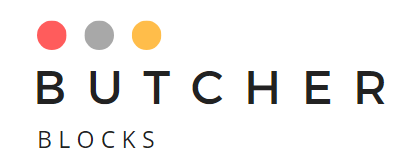Every industry has its own terminology and jargon that can be confusing to those who are not familiar with it. The home inspection business is no exception. Fortunately, there are resources available that help people better understand the terms used in a home inspection report.
However, converting inspection findings into clear and concise written communication can be difficult. Fortunately, there are ways to avoid bias and improve the clarity of your writing.
Observations and Findings
Home inspectors note many things in their reports. They might describe a faulty sprinkler head or peeling paint and even note the presence of wood-destroying organisms or mold. They rate these issues on a scale of urgency so that buyers and their agents know what should be done immediately and what can wait.
A good inspection report will begin with general information about the property such as the address and a list of what was inspected. It will then contain a section for each system or area of the home with observations, photos and the inspector’s notes. Inspectors will also include a legend for what type of comments they have made such as informational, observational or repair needs.
Home inspectors take a wide range of photos throughout the process. The photos will be documented within the report and used by both the buyer and the real estate agent as they review the home and negotiate with the seller on repairs or price.
Recommendations
Home inspectors offer recommendations to address issues found on the property, such as suggestions for repairs or further evaluation by specialists. They may also include maintenance items such as cleaning gutters, replacing filters and checking smoke detectors. These tips are valuable for both buyers and sellers and can help prevent problems from occurring after the sale.
Home inspection reports often provide an estimated life expectancy for various systems and components, including the roof, attic, basement, walls, doors, windows, insulation, and interior plumbing and electrical. They may also note signs of wood destroying organisms and other concerns like loose stairs and railings.
Standard disclaimers and information about the home inspector’s professional credentials, designations, affiliations and memberships are usually listed near the beginning of a report. This information is important because it demonstrates that the inspector is knowledgeable and trustworthy. The body of the report then outlines the inspector’s observations and findings, including a list of any major issues.
Glossary
Many inspectors include sample reports on their websites for prospective clients to view. It is a good idea to take the time to review these reports so that you have an understanding of how your own report will be written.
The most common type of home inspection report is the checklist report. Checklist reports are designed to be brief and to the point. Rather than providing an extensive description of each item, the checklist simply lists items that need to be evaluated. In contrast, a narrative report provides a more detailed description of each condition and will not be as short. Drougas Inspections LLC has a helpful glossary that includes the most commonly used terms in a home inspection report.
Summary Page
When buying something as major as a home, buyers want to do all they can to understand the state of the property. That’s why many people have inspections done before making a purchase, whether they are a buyer or seller. The reports give both parties valuable information and negotiating leverage.
A good inspector will include a summary page to give an overview of the report’s findings. It will list the main concerns and suggested repairs in a streamlined, easy-to-understand manner. The pages that follow will contain more detailed information.
A good home inspection report will be easy to read and contain digital photos. This will help validate defects that are out of sight, such as on a roof or in crawl spaces. It will also include maintenance recommendations that will help keep the house in good shape. Most modern inspectors will deliver their reports in a digital, easy-to-read format that’s ideal for mobile viewing. They’ll also offer a table of contents and summary page for quick navigation.
